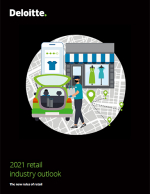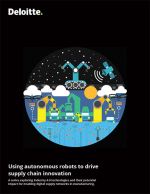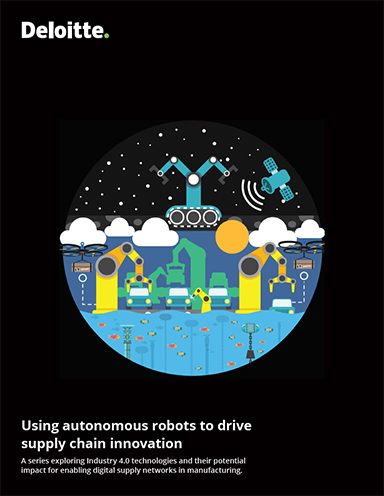Using Autonomous Robots to Drive Supply Chain Innovation
This paper details how new technologies are presenting promising opportunities for improvement across the supply chain and how autonomous robots and drones are poised to change the game.
Future trends in the supply chain - worth the investment
Autonomous robots are in a growing category of devices - including drone aircraft (aerial robots) - that can be programmed to perform tasks with little to no human intervention or interaction.
They can vary significantly in size, functionality, mobility, dexterity, artificial intelligence, and cost, from robotic process automation to flying vehicles with powerful image and data capturing capabilities.
Increasingly, autonomous robots are programmed with artificial intelligence to recognize and learn from their surroundings and make decisions independently.
No longer the stuff of science fiction, autonomous robots are already bringing innovation to the supply chain and delivering significant value, chiefly because they can help:
- Improve speed and accuracy of routine operations, particularly in warehousing and manufacturing
- Add efficiency through side-by-side work with humans
- Reduce the risk of employee injury in dangerous environments
Autonomous robots are helping define the supply chain of the future by helping companies decrease long-term costs; provide labor and utilization stability; increase worker productivity; reduce error rate; reduce the frequency of inventory checks; optimize picking, sorting, and storing times; and increase access to difficult or dangerous locations.
Deloitte recommends: Continue to monitor advancements in autonomous robots for applicability to the supply chain. Autonomous robotics have the potential to improve operations, and they offer new opportunities to increase productivity, reduce risk, decrease cost, and improve data collection, particularly as customer expectations and volumes of packages, shipments, and orders reach unsustainable levels for traditional approaches.
What’s Related




Favorites





